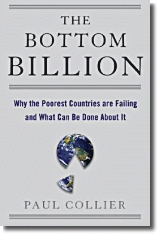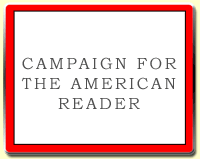Rick Gekoski is a rare book dealer, writer, and occasional broadcaster. An American who relocated to England in 1966, he taught English Literature at the University of Warwick from 1971-1987, and has published books on Joseph Conrad, William Golding, Premiership football (
Staying Up), a collection of essays entitled
Tolkien's Gown and Other Stories of Great Authors and Rare Books (based on his BBC Radio 4 Series Rare Books, Rare People), and
Outside of a Dog: A Bibliomemoir. In 2005 he was one of the judges for the Man Booker prize, and he is currently chair of the judges for the Man Booker International prize 2011.

He named his five favorite books on sports for the
Guardian. One title on the list:
PG Wodehouse, The Clicking of Cuthbert, 1922
A story concerning both golf and literature, so hilarious that on first reading it, seated on Eurostar on the way to Paris, I laughed so uncontrollably that I had to remove myself and stand between the carriages. Then I got a cramp in my stomach muscles, and ending up on the floor clasping myself in agony, still laughing. The staff inquired solicitously if I was alright, and perhaps needed a doctor. I thrust the book at them: "You must read this!" I said. I can't imagine they did, but they should have. Everybody should.
Read about
the other books on Gekoski's list.
--Marshal Zeringue
 Bill Ott named the top ten westerns of the last decade (with an emphasis on more recent titles) for Booklist.
Bill Ott named the top ten westerns of the last decade (with an emphasis on more recent titles) for Booklist.






































